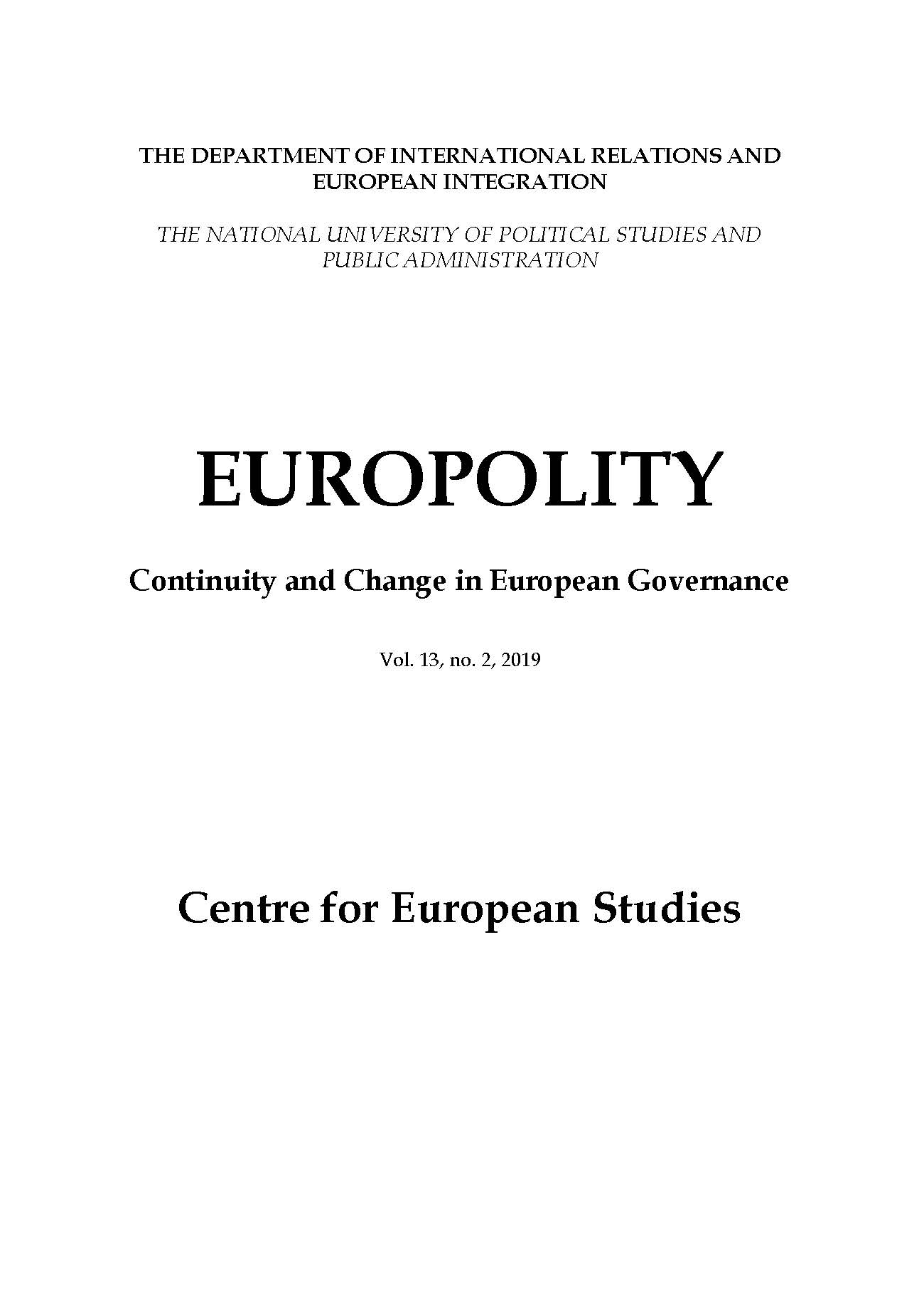COUNTERFACTUAL EVALUATION. CASE STUDY – ASSESSING THE NET IMPACT OF A PROJECT IMPLEMENTED WITH EXTERNAL FUNDING
COUNTERFACTUAL EVALUATION. CASE STUDY – ASSESSING THE NET IMPACT OF A PROJECT IMPLEMENTED WITH EXTERNAL FUNDING
Author(s): Octavia AdamSubject(s): Politics / Political Sciences, Politics, Governance
Published by: Scoala Nationala de Studii Politice si Administrative (SNSPA)
Keywords: Counterfactual evaluation; evaluation; impact evaluation; project;
Summary/Abstract: Impact evaluation using the counterfactual method is one of the most challenging and efficient evaluation methods. This paper demonstrates the importance, the benefits, the challenges and the frameworks (when should be used) of this method. For a better understanding of counterfactual method, the paper contains an example – a case study of a Norwegian project implemented with non-refundable funds. Compared with other evaluation types the impact evaluation based on the counterfactual method provides complete information on the issues that led either to a positive impact or to a negative impact of the project over the target group. Furthermore this is the best way to measure the net impact of a project or program when the framework provides for the possibility of identifying a control group to distinguish the differences, of course, if they exist, between the moment T0 (before factor interference) and T1 (after factor intervention).
Journal: Europolity - Continuity and Change in European Governance
- Issue Year: 13/2019
- Issue No: 2
- Page Range: 5-29
- Page Count: 24
- Language: English

